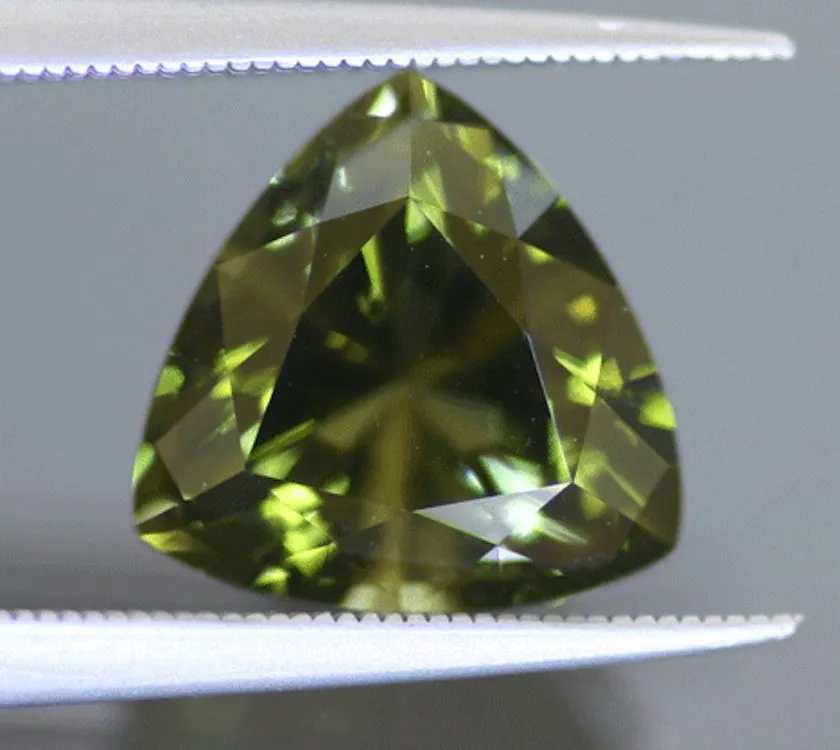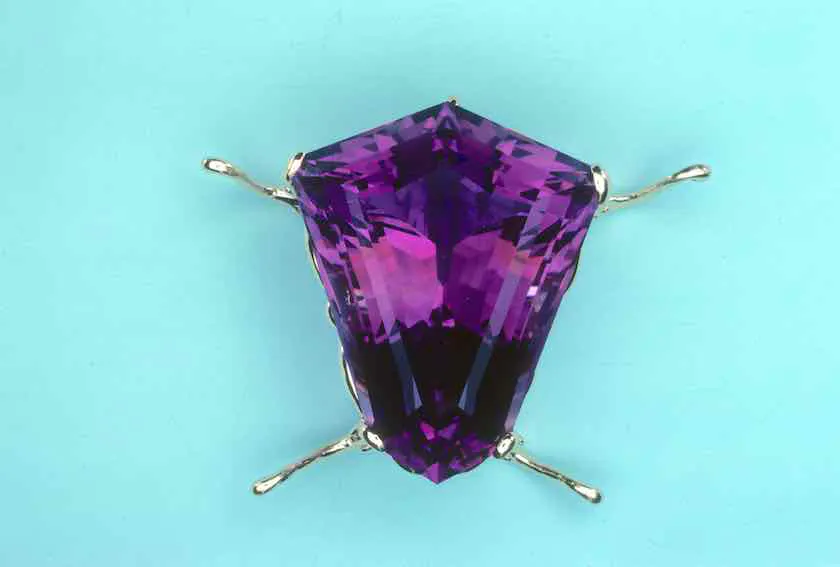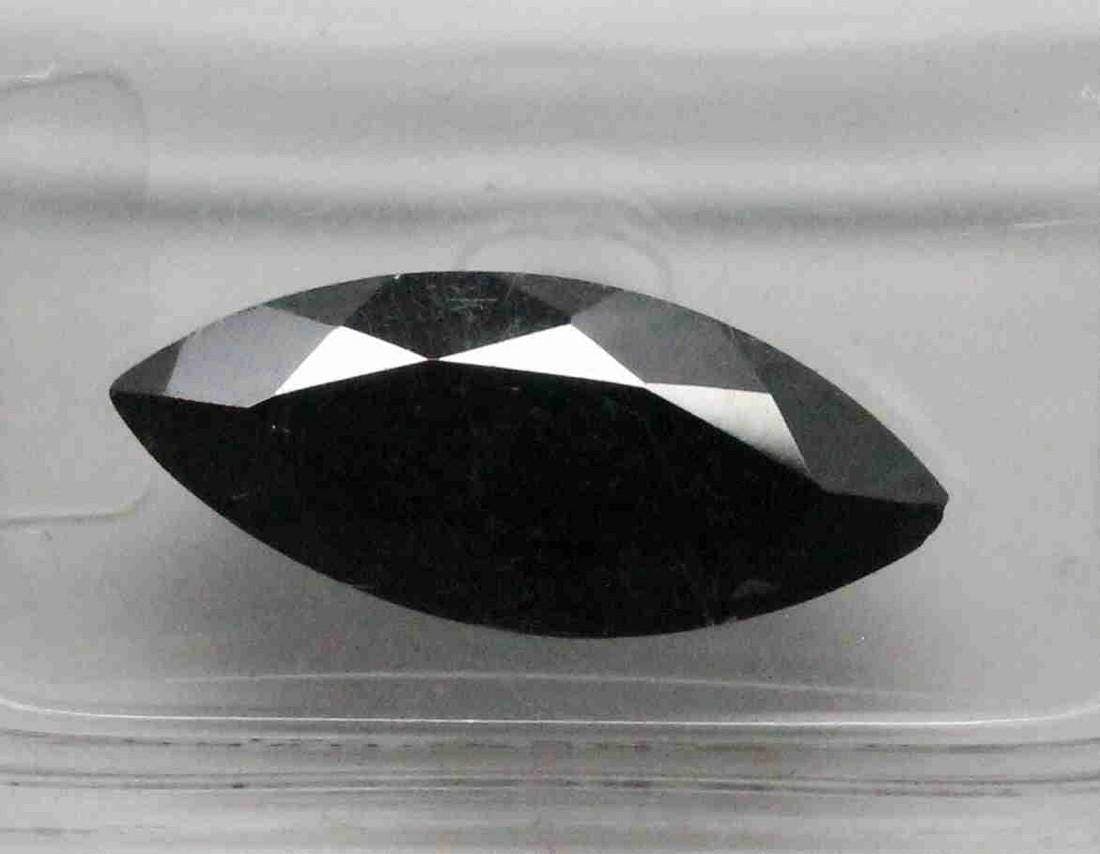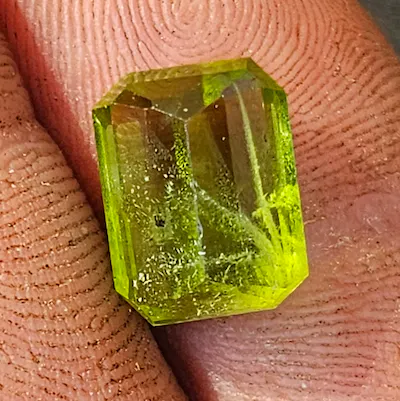Information about Sapphire, News
Understanding the Difference Between Sapphire and Diamond
Ever pondered upon the art of distinguishing between a sapphire and a diamond? These two exquisite gemstones might share a semblance at a glance, but they harbor individual traits that distinguish them definitively. Within this article, we embark on a journey to unveil the distinctive attributes, appearances, and values that set sapphires and diamonds apart. Whether you’re an avid gemstone enthusiast or simply intrigued by these resplendent treasures, comprehending their disparities will undoubtedly deepen your admiration for their splendor. Join us on this enthralling expedition into the realm of sapphires and diamonds, exclusively on Melogems.
Physical Characteristics
Hardness
Sapphire and diamond are both known for their exceptional hardness, making them highly sought after for use in jewelry and various industrial applications. However, diamond is the hardest gemstone and mineral on Earth, ranking a perfect 10 on the Mohs hardness scale. Sapphire, on the other hand, ranks 9 on the same scale, making it slightly less hard compared to diamond. This means that while sapphire is still incredibly durable and resistant to scratches, it is not as resistant as diamond when it comes to everyday wear and tear.
Color
One of the most notable differences between sapphire and diamond is their color. Diamonds are renowned for their colorless brilliance, although they can also be found in a range of colors like yellow, brown, blue, green, and even rare pink or red hues. In contrast, sapphires are known for their vibrant blue color, often associated with royalty. However, sapphires can also be found in a spectrum of other colors, including pink, yellow, green, and purple. The variety of colors in sapphires makes them a versatile and captivating gemstone.
Clarity
In terms of clarity, diamonds are known for their exceptional transparency and lack of inclusions or imperfections. The clarity of a diamond is one of the essential factors to consider when evaluating its value. On the other hand, while sapphires are also prized for their transparency, they typically contain more visible inclusions. However, some sapphires are valued for their natural inclusions, which can give them a unique and alluring appearance. The clarity of a gemstone affects its overall beauty and value.
Density
When it comes to density, diamond and sapphire significantly differ. Diamond has a higher density compared to sapphire, which means that it is heavier for its size. This difference in density also affects the way light interacts with the gemstones, leading to variations in their brilliance and overall visual appeal. Understanding the density of diamond and sapphire is crucial for gemologists and jewelry designers when crafting and setting these gemstones into various pieces.
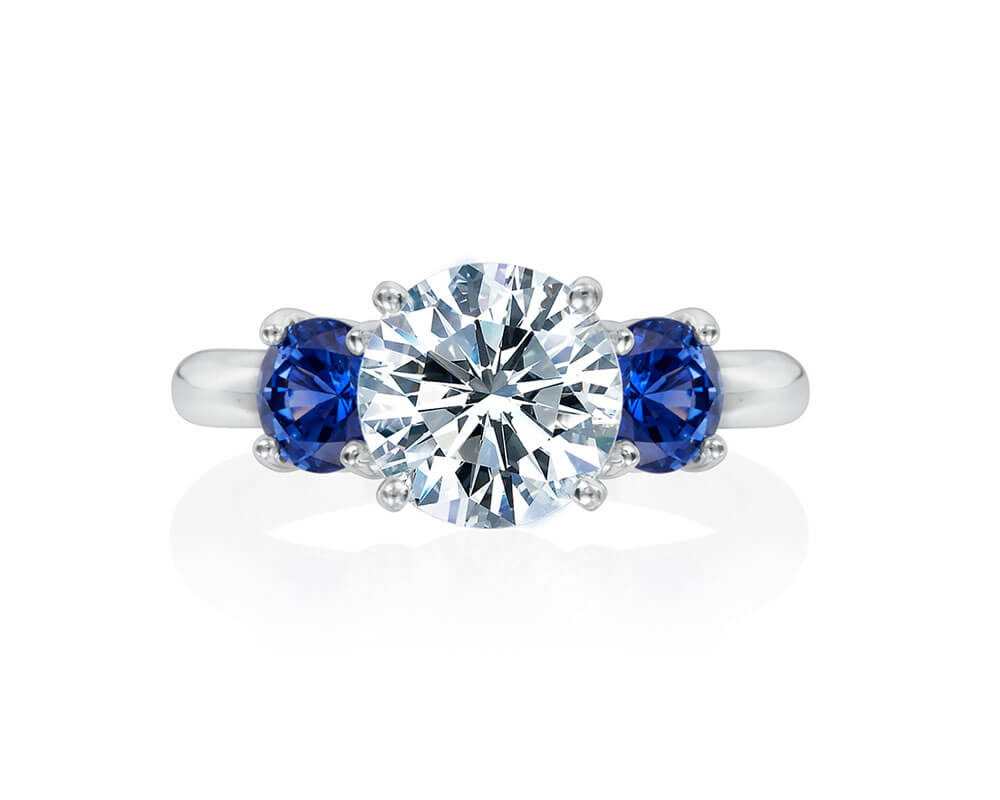
Origin and Formation
Sapphire Formation
Sapphires are formed through natural geological processes that occur deep within the Earth. They are primarily found in igneous and metamorphic rocks that have undergone immense heat and pressure over millions of years. Most sapphires are formed within corundum-rich rocks, where aluminum oxide minerals crystallize to create these stunning gems. The specific environmental conditions during the formation of sapphires contribute to their unique color and clarity properties.
Diamond Formation
Diamonds have a different origin and formation process compared to sapphires. Unlike sapphires that are formed deep within the Earth, diamonds are created under extreme pressure and temperature conditions found in the upper mantle, approximately 90 to 120 miles below the surface. These harsh conditions cause carbon atoms to crystallize, forming the structure of a diamond. Over millions of years, volcanic eruptions bring these precious stones closer to the Earth’s surface, where they can be mined.
Discover sapphire with diamonds rings at Melogems!
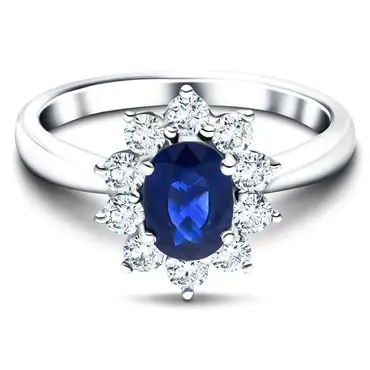
Chemical Composition
Sapphire Composition
Sapphires belong to the corundum family, which is the crystalline form of aluminum oxide. The chemical composition of sapphire is relatively straightforward, consisting mainly of aluminum and oxygen atoms. However, trace elements such as iron, titanium, and chromium can also be present and contribute to the various colors found in sapphires. The presence of these impurities within the crystal lattice gives sapphires their stunning color variations.
Diamond Composition
Diamonds, unlike other gemstones, are composed of a single element: carbon. The unique arrangement of carbon atoms in a diamond’s crystal lattice structure is what gives it its exceptional hardness and brilliance. The purity of a diamond’s carbon composition is a critical factor in determining its value and quality. Colorless diamonds are considered the most chemically pure and therefore more valuable, although fancy-colored diamonds derive their vibrant hues from various impurities.

Industrial Uses
Sapphire Uses
Sapphires have long been used beyond their natural beauty in the world of industry. Due to their exceptional hardness, sapphires are used as bearings, sensors, and insulating substrates in various high-temperature and high-pressure applications. Sapphire is also utilized for its durability in the production of watch crystals, smartphone screens, and optical lenses. The scratch-resistant nature of sapphire makes it a popular choice for industries that require materials capable of withstanding demanding conditions.
Diamond Uses
Diamonds have numerous industrial applications, thanks to their unparalleled hardness and exceptional thermal conductivity. The most common industrial use for diamonds is in cutting, grinding, and polishing tools. Diamond-tipped saw blades, drill bits, and grinding wheels are all highly effective due to the abrasion-resistant nature of diamond. Diamonds are also used in high-precision machining, such as in the production of computer chips and electronic components.
Gemological Properties
Refractive Index
The refractive index is a gemological property that measures how light bends as it passes through a gemstone. Both sapphire and diamond have a high refractive index, which means that they can refract light at a greater degree compared to other gemstones. This property contributes to the brilliance and sparkle of these gemstones when properly cut and polished.
Dispersion
Dispersion refers to the ability of a gemstone to split white light into its spectral colors, creating the captivating play-of-color often seen in diamonds and sapphires. While both gemstones exhibit dispersion, diamond is known for its exceptional fire – the dispersion of light into a rainbow of colors. The high dispersion of diamond contributes to its scintillation and the mesmerizing sparkle that many people find enchanting.
Durability
Both sapphire and diamond rank high in terms of durability, although diamond is the hardest known mineral. The hardness of these gemstones ensures resistance to scratches and everyday wear. When it comes to long-term durability, diamond surpasses sapphire due to its superior hardness. However, with proper care and consideration, sapphires can also withstand regular wear and retain their beauty for generations.
Cleavage
Cleavage is a significant gemological property that refers to how well a gemstone can be cleaved along its crystal plane. Diamonds do not exhibit cleavage, which means that they have a perfect crystal structure, allowing them to resist splitting. In contrast, sapphires have poor cleavage, and improper handling can cause them to fracture or chip. Therefore, it is important to handle sapphires with care to prevent any damage to these stunning gemstones.
Luster
The luster of a gemstone refers to its overall brilliance and shine when light interacts with its surface. Both sapphire and diamond exhibit a beautiful luster, although they differ in terms of the type of luster they display. Sapphire has a vitreous luster, which is the characteristic shine seen in glass, while diamond has an adamantine luster, which is an intense brilliance unique to this gemstones Singapore. The luster of sapphires and diamonds adds to their allure and overall beauty.
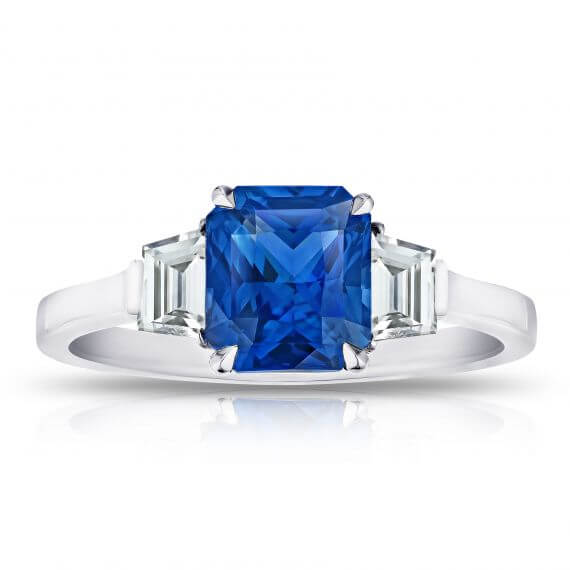
Value and Rarity
Sapphire Value and Rarity
Sapphires come in a wide range of colors and are highly valued gemstones. The value of a sapphire is influenced by factors such as color, clarity, size, and origin. In general, blue sapphires are some of the most valuable and sought-after, especially those with intense, vivid hues. The rarity of certain sapphire colors, such as padparadscha (a pink-orange variety), also contributes to their high value. Additionally, sapphires from certain origins, such as Kashmir and Burma, are esteemed for their exceptional quality and scarcity.
Diamond Value and Rarity
Diamonds are renowned for their high value and are often associated with luxury and exclusivity. The value of a diamond is determined by the famous “Four Cs”: carat weight, color, clarity, and cut. Larger diamonds with excellent colorless grades, exceptional clarity with minimal inclusions, and masterfully cut proportions command the highest prices. Rarity also plays a crucial role in diamond value, with certain fancy-colored diamonds, such as blue or pink, being incredibly rare and highly sought after by collectors and connoisseurs.
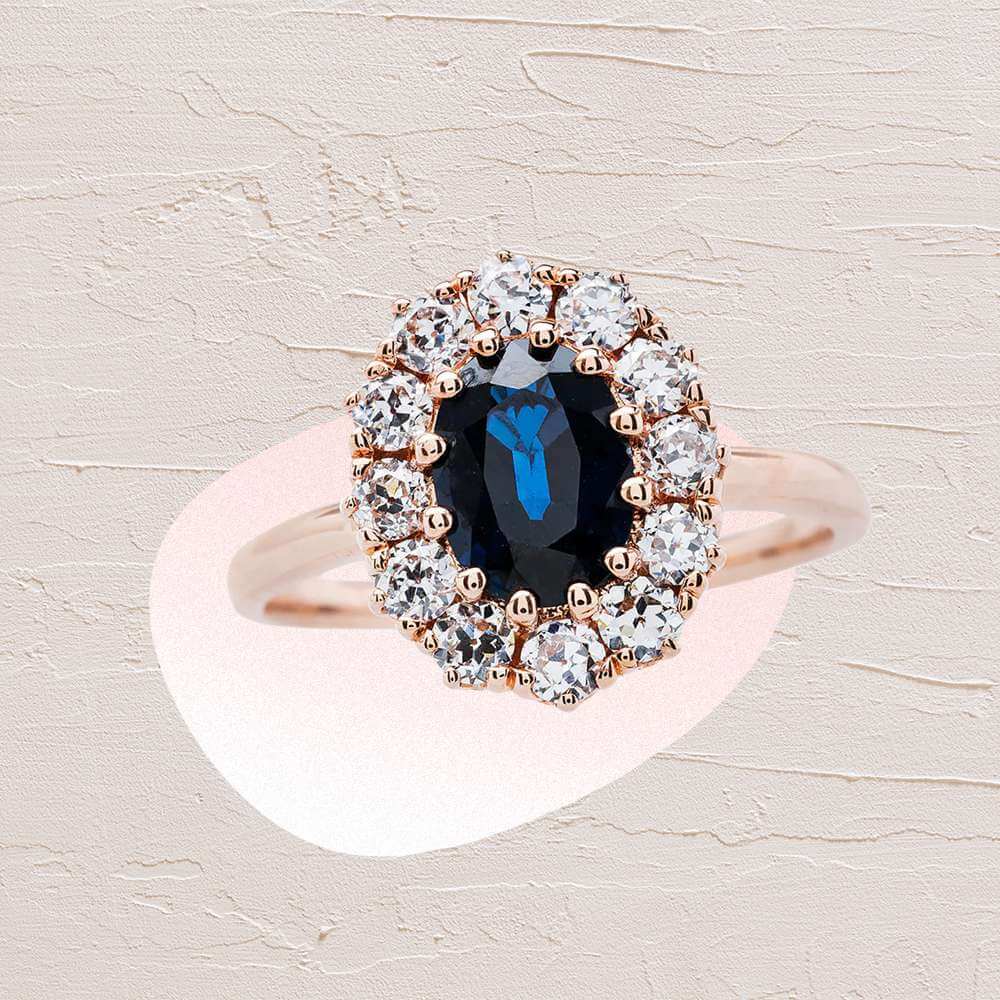
Famous Examples
Historical Sapphire Pieces
Throughout history, sapphires have adorned many significant royal jewels and famous artifacts. One of the most notable examples is the engagement ring worn by the late Princess Diana, which now graces the hand of the Duchess of Cambridge, Kate Middleton. This iconic ring features a stunning blue sapphire surrounded by diamonds. Another famous sapphire is the 563-carat Star of India, one of the largest and most well-known sapphires in the world, housed at the American Museum of Natural History.
Famous Diamond Jewelry
Diamonds have been prized for centuries and have become the centerpiece of numerous renowned jewelry pieces. The Hope Diamond, now on display at the Smithsonian National Museum of Natural History, is a famous blue diamond known for its exquisite color and rich history. The Cullinan Diamond, the largest rough diamond ever discovered, produced several stunning diamonds, including the Great Star of Africa, which is part of the British Crown Jewels. These iconic diamonds serve as testaments to the enduring allure and fascination with these gemstones.
Cultural Significance
Sapphire in History
Sapphires have held significant cultural and historical significance throughout the ages. In ancient times, sapphires were believed to possess protective powers and were associated with divine wisdom and heavenly blessings. Many cultures considered sapphires to be symbols of royalty, truth, and loyalty. Even today, sapphires continue to be cherished as a symbol of elegance, romance, and prosperity, making them a popular choice for engagement rings and other special occasion jewelry.
Diamond Symbolism
Diamonds have symbolized various attributes and meanings across different cultures and eras. Historically, diamonds symbolized strength, power, and invincibility, often worn by rulers and nobility as a symbol of their status and authority. Today, diamonds often represent eternal love and commitment, making them a popular choice for engagement rings. The durability and lasting nature of diamonds further enhance their symbolism, signifying the strength and endurance of relationships.
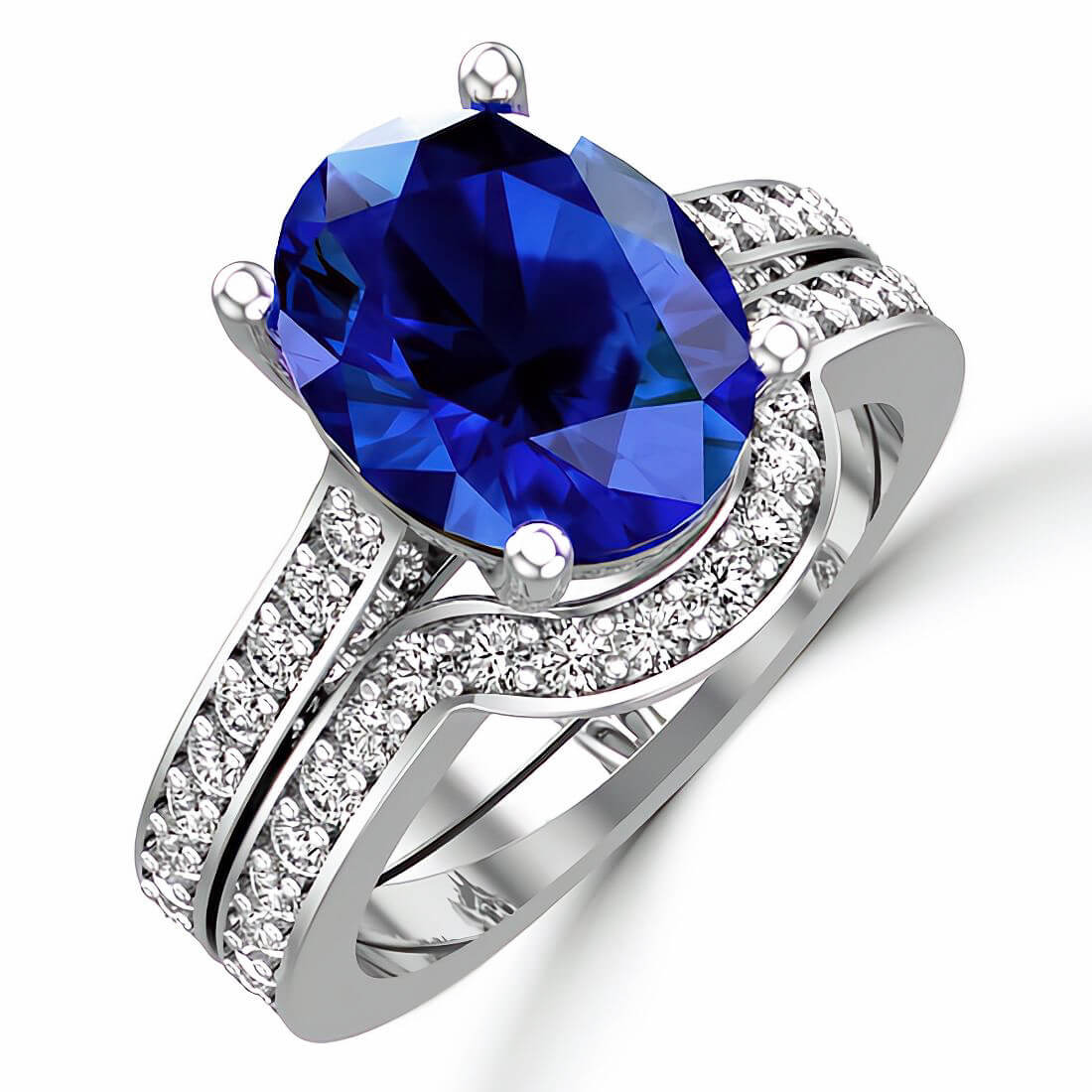
Certification and Grading
Sapphire Certification and Grading
When purchasing a sapphire, it is important to consider its certification and grading. Reputable gemological laboratories, such as the Gemological Institute of America (GIA) or the American Gemological Society (AGS), provide certifications that assess the quality, origin, and authenticity of sapphires. These organizations use various criteria, such as color, clarity, and cut, to assign grades that help determine the value and quality of the sapphire. It is advisable to seek a certified sapphire to ensure confidence in your purchase.
Diamond Certification and Grading
Diamonds also undergo rigorous certification and grading processes to determine their quality and authenticity. The GIA is a renowned authority in diamond grading and certification, providing trustworthy and unbiased assessments. The 4Cs – carat weight, color, clarity, and cut – are used to create a comprehensive grading report for a diamond. This report not only provides valuable information about the diamond’s characteristics but also serves as proof of its quality and serves as a valuable reference when purchasing a diamond.
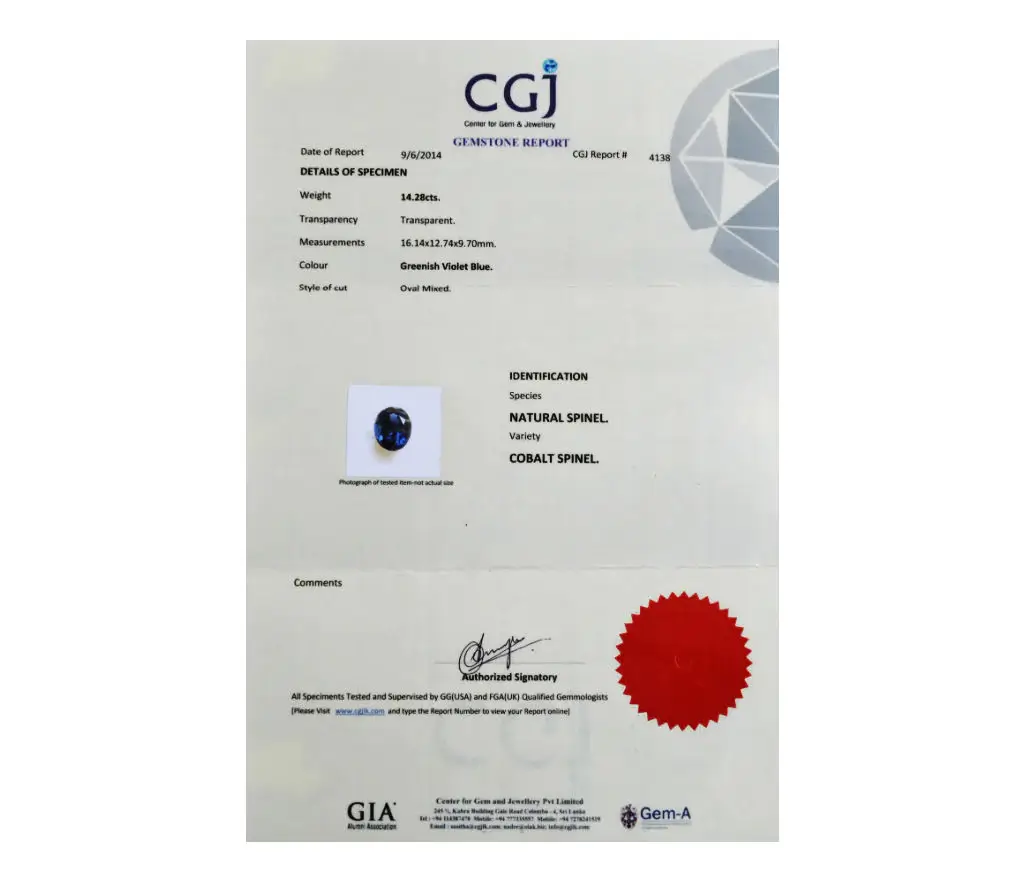
Purchasing Considerations
Budget
Setting a budget is an important consideration when purchasing either sapphire or diamond jewelry. Both gemstones come in a wide range of sizes, colors, and qualities, which directly affect their price. While diamonds tend to be more expensive, especially when considering carat weight and quality, sapphires offer a more affordable alternative while still providing stunning beauty and durability. Determining your budget beforehand will help narrow down your choices and ensure a satisfying purchase within your means.
Style
Personal style preferences play a significant role when choosing between sapphire and diamond jewelry. While both gemstones are timeless and versatile, sapphires are often revered for their vibrant colors, making them a perfect choice for those seeking a statement piece or a pop of color. Diamonds, with their classic and colorless beauty, offer elegance and versatility, complementing any outfit or occasion. Consider your personal style and the desired aesthetic to make the most informed decision regarding your jewelry purchase.
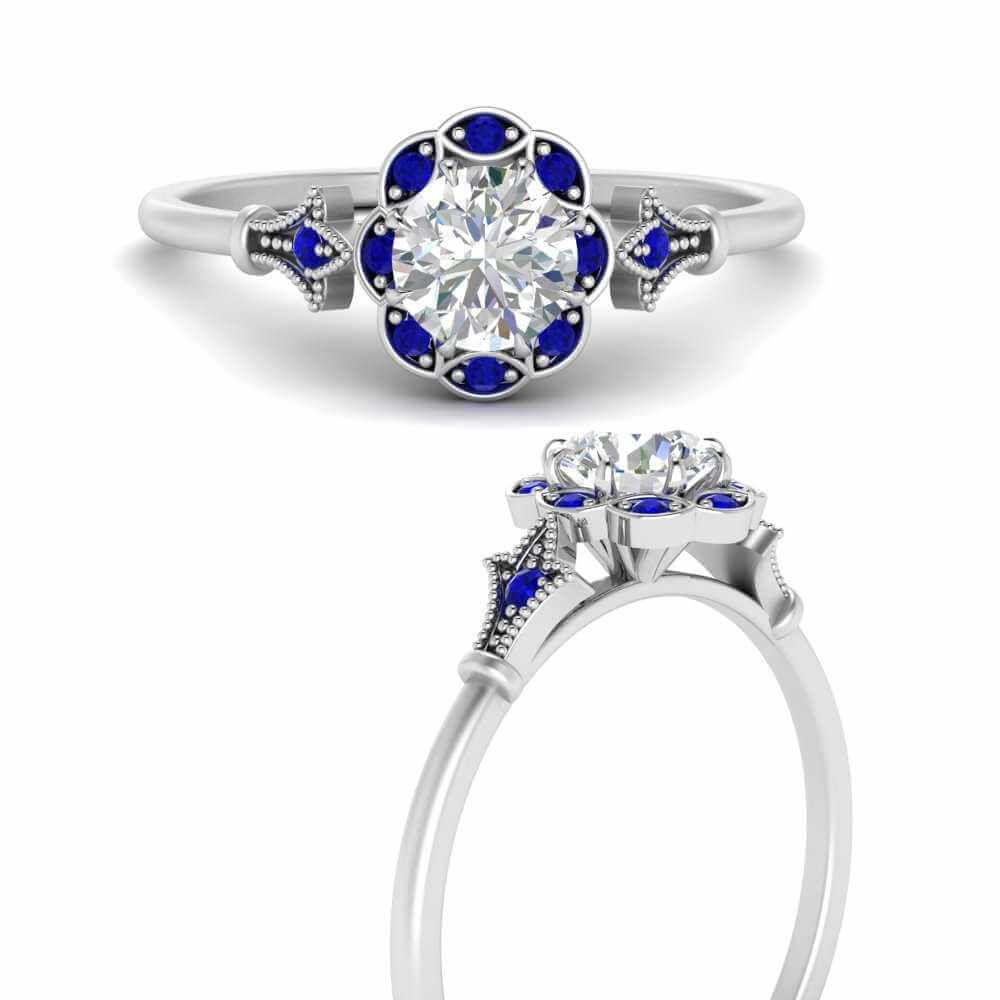
Ethical Considerations
Ethical considerations are increasingly important when purchasing gemstones. Both sapphires and diamonds can be ethically sourced, ensuring that they are acquired in a manner that respects human rights and the environment. Look for gemstones that adhere to responsible mining practices, such as those certified by organizations like the Responsible Jewelry Council (RJC) or those that support fair trade initiatives. Choosing ethically sourced gemstones ensures that your purchase contributes positively to the well-being of communities and the environment.
Personal Preferences
Ultimately, your personal preferences should guide your decision when choosing between sapphire and diamond jewelry. Consider factors such as color, symbolism, rarity, and the emotional connection you have to each gemstone. Whether you are drawn to the classic beauty of a diamond or the vibrant hues of a sapphire, selecting a gemstone that resonates with you personally will ensure that your jewelry holds special meaning and is cherished for years to come.

